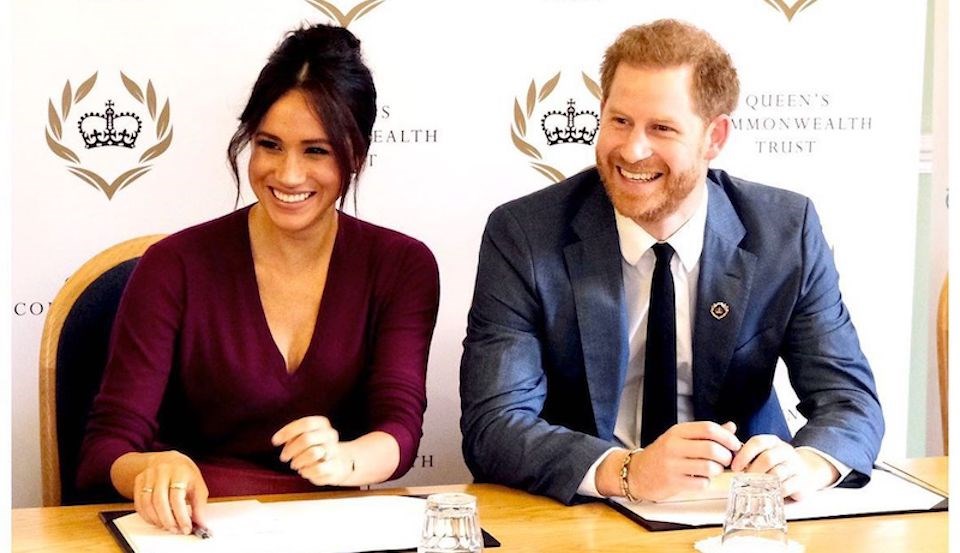In listening to the audiobook of Spare, the autobiography by Prince Harry, the Duke of Sussex, I can hear in his narration a certain fear and loathing of the paparazzi and tabloid editors, the “paps” and the “tabs.”
His visceral, quavering animus toward those who harmed extends not only to those who have hounded and humiliated him, fabricated stories and amplified his every error, but more woundingly to those who manufactured a squalid industry of his mother and even chose to snap photos of her injured state that night in the Paris tunnel crash rather than lend help as she lay dying.
Now it is true, too, that Harry was the author of many of his misfortunes – dressing as a Nazi, playing strip poker in Las Vegas, drinking champagne from a prosthetic leg – and, as if to validate his wild-child treatment, the boysie book is rife with boasts of breaking away, of potty-mouth and of TMI about a frostbitten appendage. If you have ever wished to hear royal f-bombs, the audiobook is your opportunity. His bestselling book is his opportunity to try to turn the page on the writers, broadcasters and photographers who have defined for the public his nearly four decades. But the harm has been done and businesses have been built around that harm.
As we’ve seen so many times, the royals have been in a league of their own as subjects of journalistic surveillance. Even when the national Leveson inquiry into the behaviour and techniques of the British press unfurled extraordinary evidence – hacking voicemails not only of the royals but of a missing teen later found dead, among other things – the culture was mainly reshaped in the decade since more by the pursuit of younger audiences online and their celebrity fascination than by any shift in values or remorse from the papers of their tactics. The shift was better and safer business, so to speak.
On a far different scale locally, but with many similar concerns, we regularly hear from subjects of stories that our work is too intrusive and too insensitive to the consequences of a permanent record about them on the internet. True enough, I don’t recall any discussion in media of the negative impact of an everlasting story when the internet arrived. We conveniently didn’t tackle that issue at the time.
We are frequently asked to erase the public record when people feel the digital footprint harms their reputations or their careers, and it usually causes outlets like ours to evaluate if the enduring record aligns with the reputations we want.
In many cases, people assert that a criminal conviction should be suppressed once their jail time has been served. In some cases, they want anything that portrayed them in an unflattering light to disappear because it is affecting their abilities to find work or even find relationships. It is difficult to determine where to draw the line on what you’ll preserve and what you’ll try to delete or overwrite with an updated story.
Technology being what it is, it is unlikely that a story can be truly erased, any more than you could destroy every library’s archive. It can be de-indexed from search engines and even deleted by a publication, but if it is a prominent event, chances are someone else has replicated and reposted it somewhere out there.
Journalism generally has a problem with the notion of unpublishing. Even though the permanence of the story online can be of impact, and at times of harm, there is something inherently troubling about the erasure of history. Our standards and practices guide us to do so when it’s clear that someone is susceptible physically, but generally not when someone is inconvenienced by earlier behaviour.
There is no “right to be forgotten,” as some have claimed, but there is common courtesy to those who may not have provided informed consent to participate in our journalism. This is certainly the case with minors and those without experience in dealing with media, as it is with many cultures first and foremost deserving our respect. There are instances when information need not appear in a story and can be edited from it without weakening the central point. More and more journalists are lessening the risk of harm by more selectively reporting only what is necessary to tell the story, not what filled their notebooks.
Let’s be clear about the hard-and-fast rules: Journalists routinely ask for permission to use someone’s name in a story, even though they needn’t. Even the source of an off-the-record discussion can be betrayed if a journalist so wishes. Of course, good luck with your reputation after that burning of the bridge.
And that’s the important point: Above all, reputation matters for a business like ours. We’ll be accused of trying to sell papers or of “clickbait” online, but the truth is that no story is ever worth risking our public standing. It is bad business.
Trouble is, the tabloids find the saucier better for their financial wealth, and all media are drawn into that generalized public perception of the craft, even when most (if sadly not all) journalism on this side of the pond balances the service of an audience with the values of the community.
All journalism can harm in some way through a portrayal or critique that affects a personal or institutional reputation, a sensationalized depiction, a stereotype, an incursion of privacy or just the plain old bias we all have that produces an incomplete picture.
The craft is more conscious than ever of that harm and more adept at minimizing it as a principle. Harry, if he’d stayed in Canada, would have eventually found us practically friendly. I suppose everyone has to trust me on that.
Kirk LaPointe is publisher and executive editor of BIV and vice-president, editorial, of Glacier Media.



